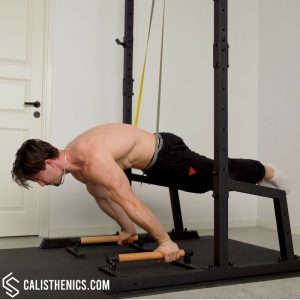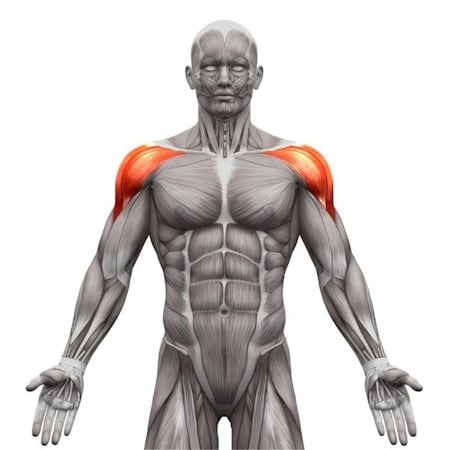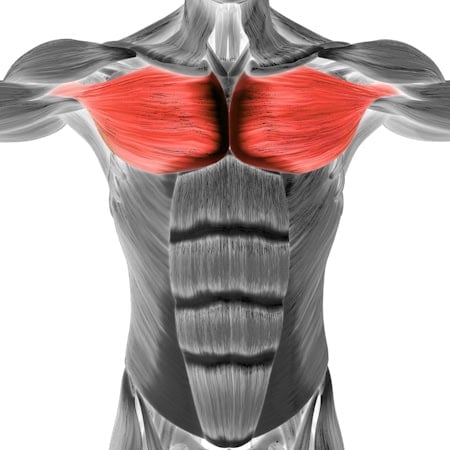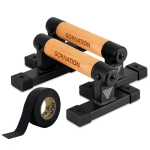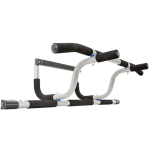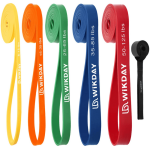Resistance Band Planche
How to do Resistance Band Planche?
The resistance band planche is a progression tool used to build strength and balance for achieving an unassisted planche. In this variation, a resistance band is anchored to a pull-up bar and supports the hips, reducing body weight and making it easier to hold the planche position. The exercise is performed on parallettes, which provide better wrist positioning, leverage, and stability.
Check out our ▶️ planche training routine to unlock the full planche!
The equipment used is the ▶️ Premium Parallettes Pro from GORNATION and the ▶️ Premium Pull-up Station --> For 10% off use discount code CS10.
CREDIT: This video was prepared in collaboration with calisthenics athlete Simon Imhäuser who was performing the exercise in the video and calisthenics coach Daniel Flefil who shot and edited the video.
Steps to Perform a Proper Resistance Band Planche
1. Set Up the Resistance Band
• Secure a strong resistance band to a pull-up bar above your head.
• Ensure the band is firmly anchored and positioned at hip level when in the planche position.
2. Position the Parallettes
• Place the parallettes shoulder-width apart on the floor.
• Ensure they are stable and non-slippery for safety.
3. Enter the Band for Support
• Step into the resistance band and position it around your hips.
• The band should be tight enough to provide support but not eliminate the challenge.
4. Grip the Parallettes and Lean Forward
• Place your hands on the parallettes, gripping firmly.
• Lean forward to shift your weight onto your shoulders.
5. Lift Your Feet Off the Ground
• Engage your core, shoulders, and glutes to lift your legs.
• Keep your arms straight and maintain a hollow body position.
6. Hold the Planche Position
• Keep your hips, shoulders, and feet aligned parallel to the floor.
• Focus on scapular protraction (pushing shoulders forward).
7. Lower Back to the Starting Position
• Slowly return your feet to the ground with control to prevent falling.
8. Repeat and Progressively Reduce Band Resistance
• Perform multiple holds, gradually transitioning to lighter resistance bands over time.
Benefits of the Resistance Band Planche
✅ Develops Shoulder and Core Strength – Helps build muscle endurance for unassisted planches.
✅ Improves Balance and Stability – Teaches body positioning and weight distribution.
✅ Strengthens Wrists and Grip – Builds joint resilience for longer planche holds.
✅ Allows for Gradual Progression – Supports step-by-step improvement toward the full planche.
✅ Reduces Injury Risk – Provides a controlled environment to practice balance and strength.
Common Mistakes to Avoid
🚫 Using the Band as a Crutch – The band should assist, not do the work for you.
🚫 Bending the Arms – Keep your elbows locked for proper engagement.
🚫 Shrugging the Shoulders – Maintain scapular protraction to stay stable.
🚫 Sagging the Hips – Keep your body straight and aligned.
🚫 Skipping Progressive Band Reduction – Transition to lighter bands gradually for steady progress.
Tips for the proper execution of Resistance Band Planche
Choose the Right Band Resistance – Use a thicker band if you need more assistance, and progressively switch to thinner bands.
Keep Arms Straight – Avoid bending your elbows to maximize shoulder and core engagement.
Protract the Scapula – Push your shoulder blades forward to maintain control.
Engage Your Core and Glutes – Full-body tension is essential for stability.
Use a Slight Forward Lean – The more you lean forward, the more activation you get in your shoulders and core.
Train Both Straddle and Full Planche Variations – Straddle position makes the hold easier, while the full planche increases difficulty.
Muscles worked when doing Resistance Band Planche
Primary Muscles
•Shoulders (Deltoids) – Support most of the body weight.
• Core (Rectus Abdominis, Transverse Abdominis) – Provides stability and control.
• Serratus Anterior – Assists with scapular protraction and stability.
Secondary Muscles
•Triceps – Maintains arm extension and stability.
• Wrists and Forearms – Support grip and balance on the parallettes.
• Glutes and Hip Flexors – Maintain leg positioning.
Primary Muscle(s):
Secondary Muscle(s):
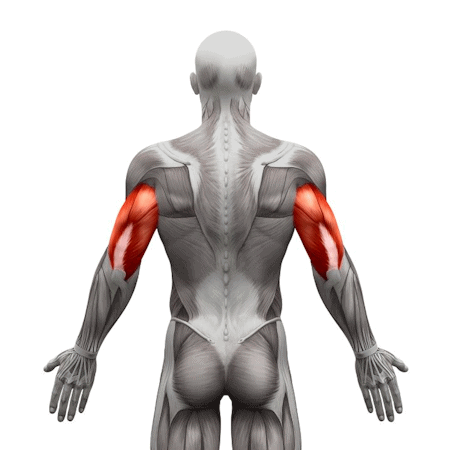
Triceps
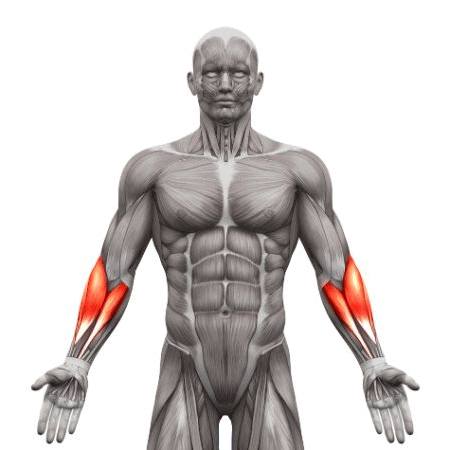
Forearm
Adjust the difficulty of Resistance Band Planche
How to make Resistance Band Planche harder?
How to make Resistance Band Planche easier?
How to make Resistance Band Planche harder?
To make Resistance Band Planche harder:
-
Use a Thinner Resistance Band • Switch to a lighter resistance band to increase difficulty over time.
-
Narrow the Straddle Position • Bring your legs closer together until you can transition into a full planche.
-
Perform Band-Assisted Planche Push-Ups • Lower your body slightly and press back up, maintaining the planche position.
-
Train the One-Leg Extended Planche • Extend one leg fully while keeping the other slightly tucked.
-
Reduce Band Assistance Gradually • Move the band to a lower position or switch to a less elastic band over time.
How to make Resistance Band Planche easier?
To make Resistance Band Planche easier:
-
Use a Stronger Resistance Band • A thicker band will provide more support, making it easier to hold the position.
-
Practice the Straddle Planche First • Spread your legs into a straddle position to reduce leverage and make balancing easier.
-
Start with Short Holds • Instead of going for long holds, practice multiple 5-10 second holds and gradually increase duration.
-
Use an Inclined Band Setup • Set the band slightly higher on the pull-up bar for more assistance.
-
Perform Band-Assisted Planche Leans • Lean forward into a band-assisted planche lean to build shoulder endurance.

